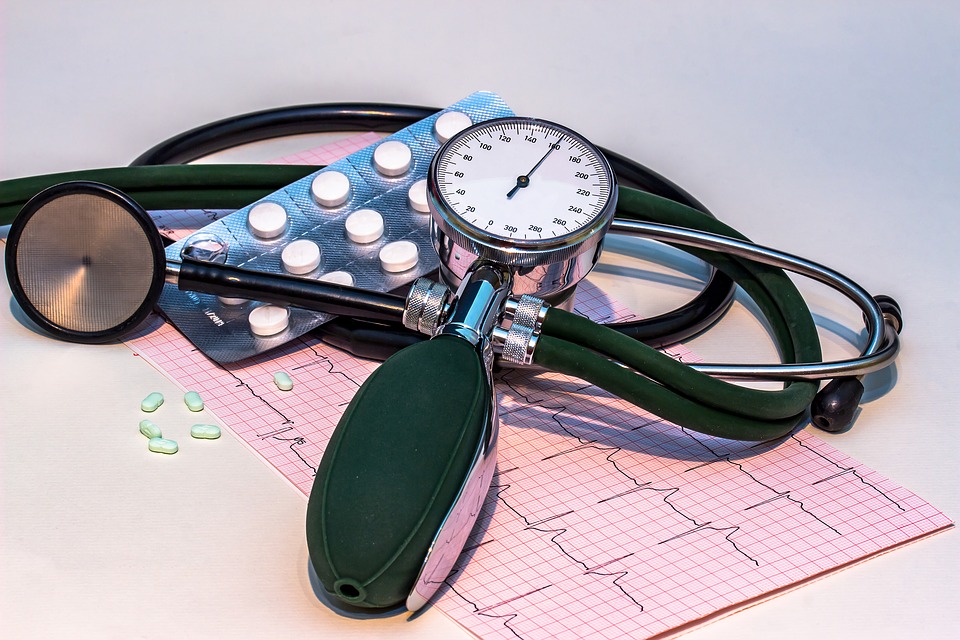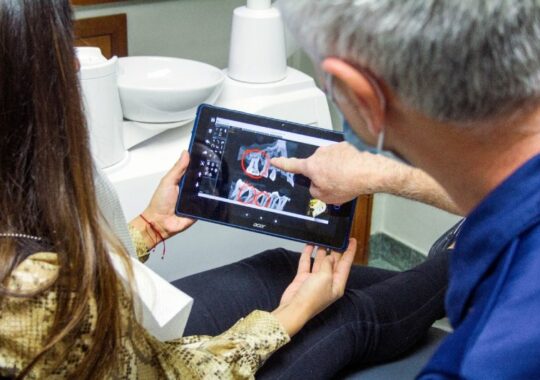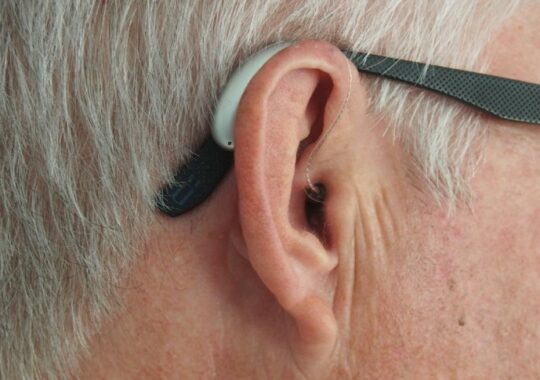According to the World Health Organization, the number of people suffering from high blood pressure has increased from 650 million to 1.28 billion over the course of 30 years, with a large proportion remaining untreated. High blood pressure, or hypertension, is when the pressure in your blood vessels is unusually high. And while it can be a mild condition without immediate consequences, it’s one that is important to take seriously for the sake of both short- and long-term health.
More specifically, it is important to take note of high blood pressure because if left unaddressed it can lead to serious health implications, and severely increase your risk of heart attacks and strokes. That said, it’s not always easy to recognize hypertension immediately; it is often asymptomatic, or else produces only minor symptoms. For that reason, we want to take a look at some of the ways you have to monitor for blood pressure health.
Take readings
You can take your blood pressure reading from home using an automatic blood pressure monitoring machine. If you do not have access to one of these devices, a doctor or nurse can use a manual pump, cuff and stethoscope to test your blood pressure. As to what you can make of the readings, the SymptomFind health blog ran an article not long ago regarding how one should monitor blood pressure. Said article noted that the normal blood pressure range is deemed around 120/80. Being slightly off of these numbers is not necessarily cause for alarm, though once you get to 130-139/80-89, it is considered stage 1 hypertension. Regardless of your readings, it’s prudent if you’re concerned to test periodically, as levels can change throughout the day.
Recognize mild symptoms
Noticing the milder symptoms and not dismissing them is extremely important, as it can help to keep high blood pressure from going undetected. If you’re experiencing fatigue, headaches, a mild pounding sensation in the head, or slight shortness of breath, you would do well to have your health checked by a medical professional. All of these can be signs of high blood pressure.
Recognize serious symptoms
Although uncommon, there are also more serious symptoms, including vision problems, chest pains, nose bleeds, and/or an irregular heartbeat. These issues can also be tied to high blood pressure and should be addressed promptly.
Understand dietary risks
Being aware of what you eat will help you recognize connections to feeling unwell also. Diets high in salt, sugar and saturated or trans fats can contribute towards hypertension, so reducing your intake of foods high in these ingredients is an important change to make –– either for prevention or treatment. By contrast, meanwhile, there are also a lot of foods you can eat that help you to maintain low blood pressure. Parade wrote up a fairly comprehensive list of foods that fall into this category, including berries, beets, spinach, whole grains, nuts, and even salmon, to name a few.
Family Health History
Hypertension does have a propensity to run in families as well. Specifically, those whose parents suffer from high blood pressure have an elevated risk of developing the condition. It may be a good idea therefore to make yourself aware of your family’s health history, so that if you are at an increased risk, you can take preventative action and duly monitor your blood pressure.
We hope this will go some way toward helping you to prevent or manage this very common condition. The good news is that if you keep a handle on it, it’s something you can address largely with lifestyle changes (though medication prescribed by doctors is necessary in some cases). For more health tips as well as information on a range of other topics, we hope you’ll visit Verna Magazine again!
How to Recognize High Blood Pressure




